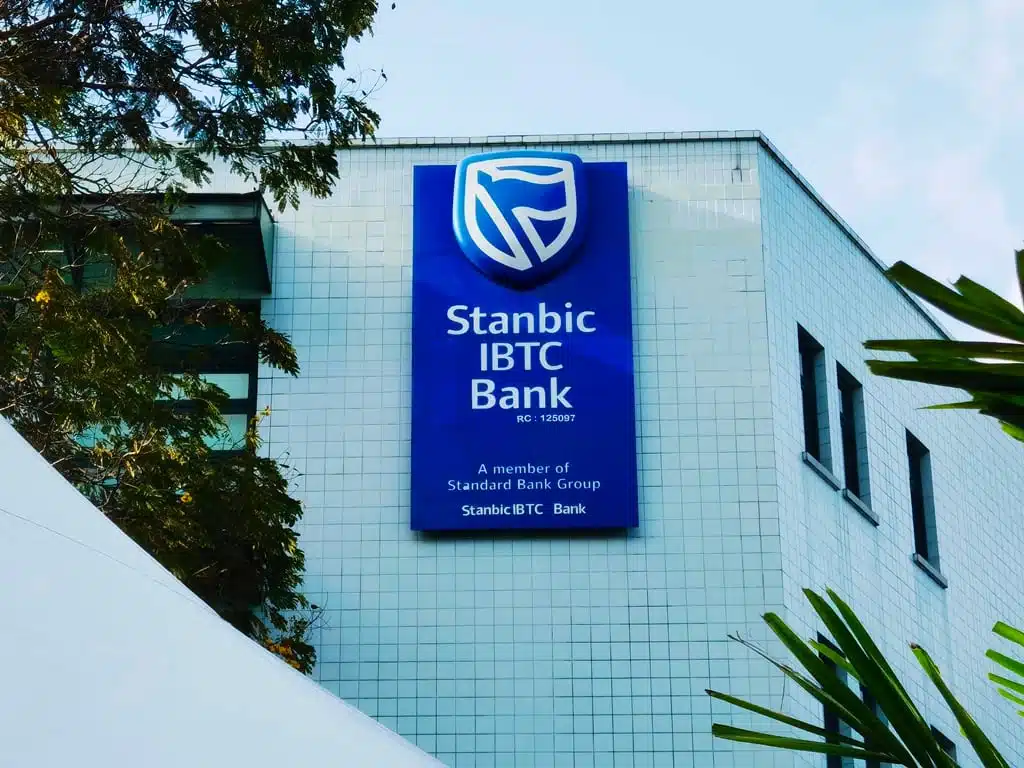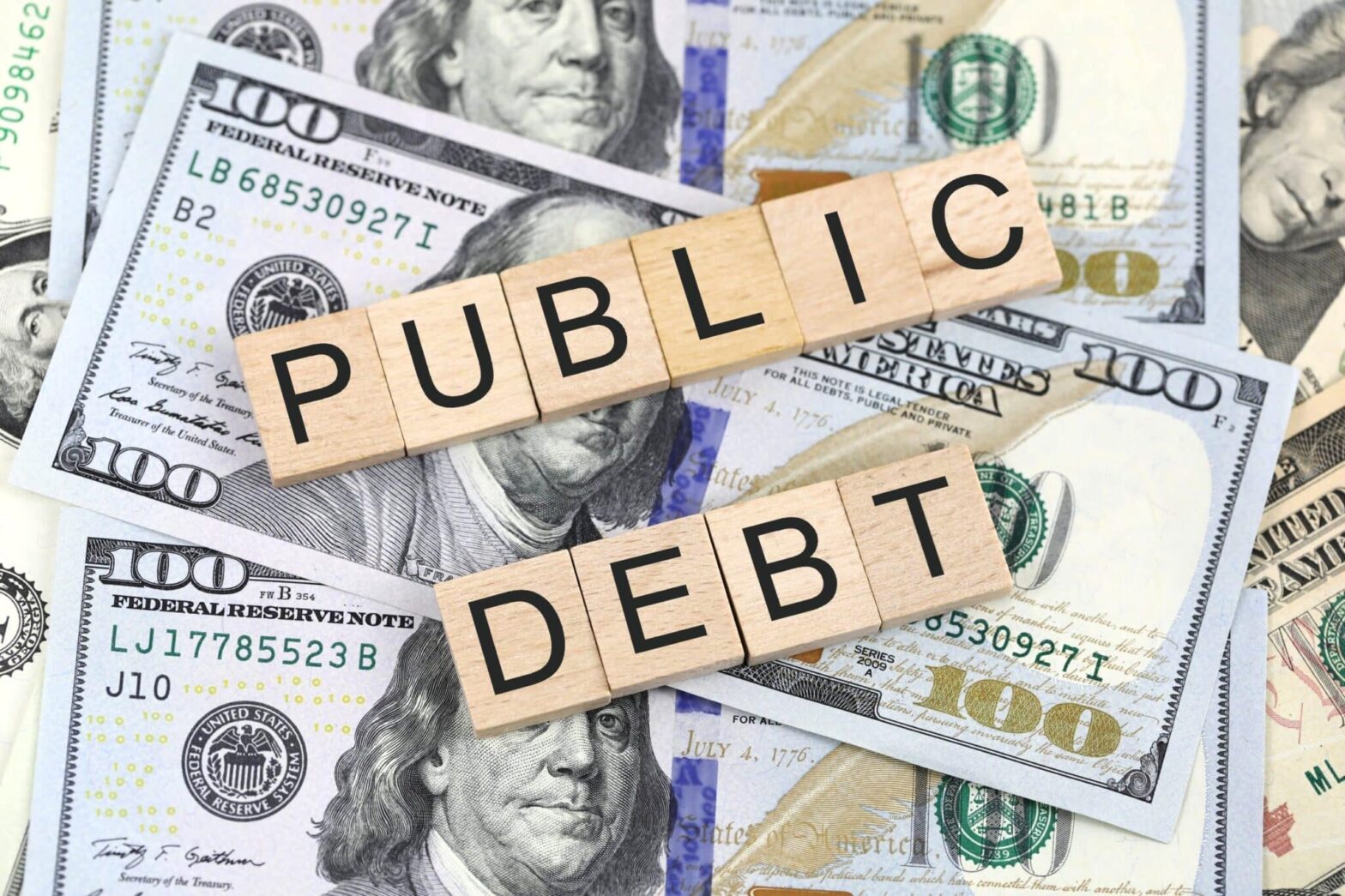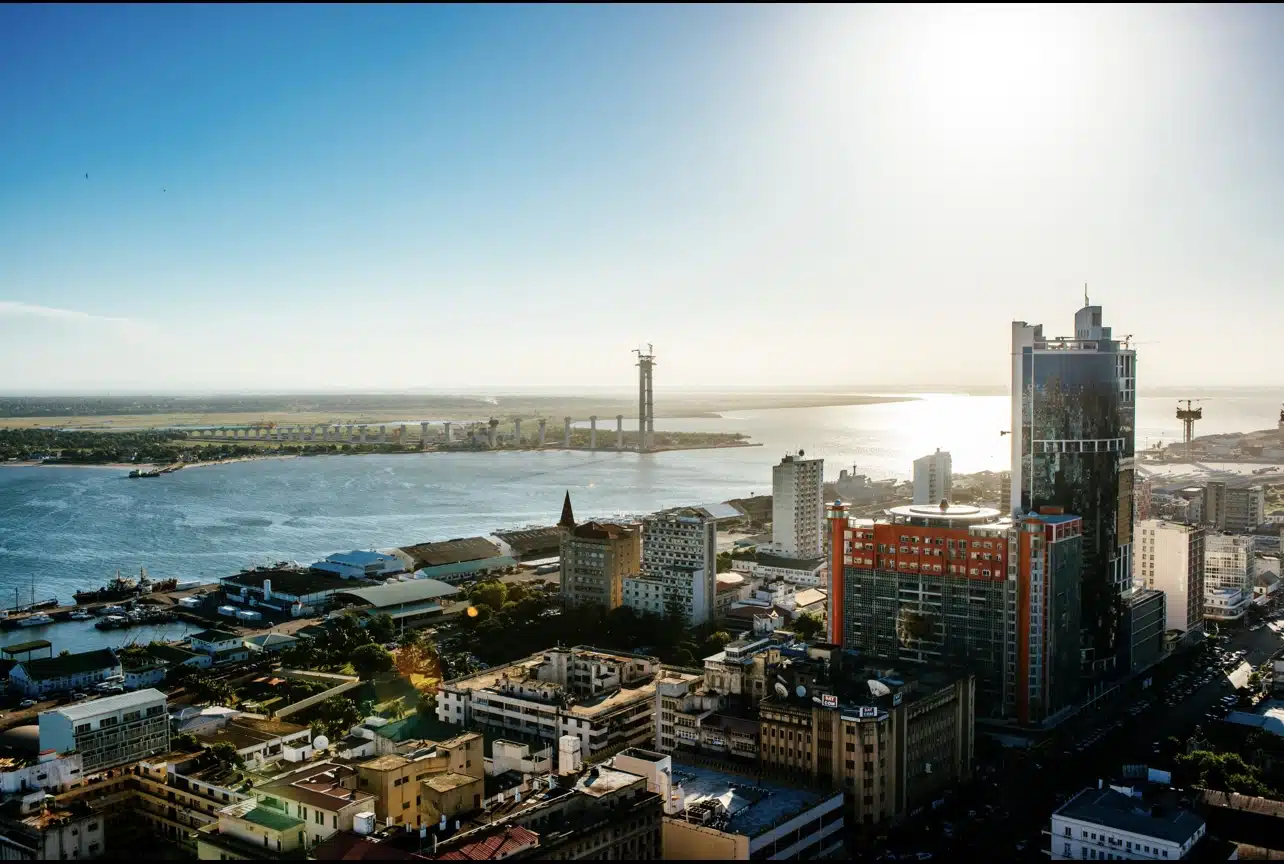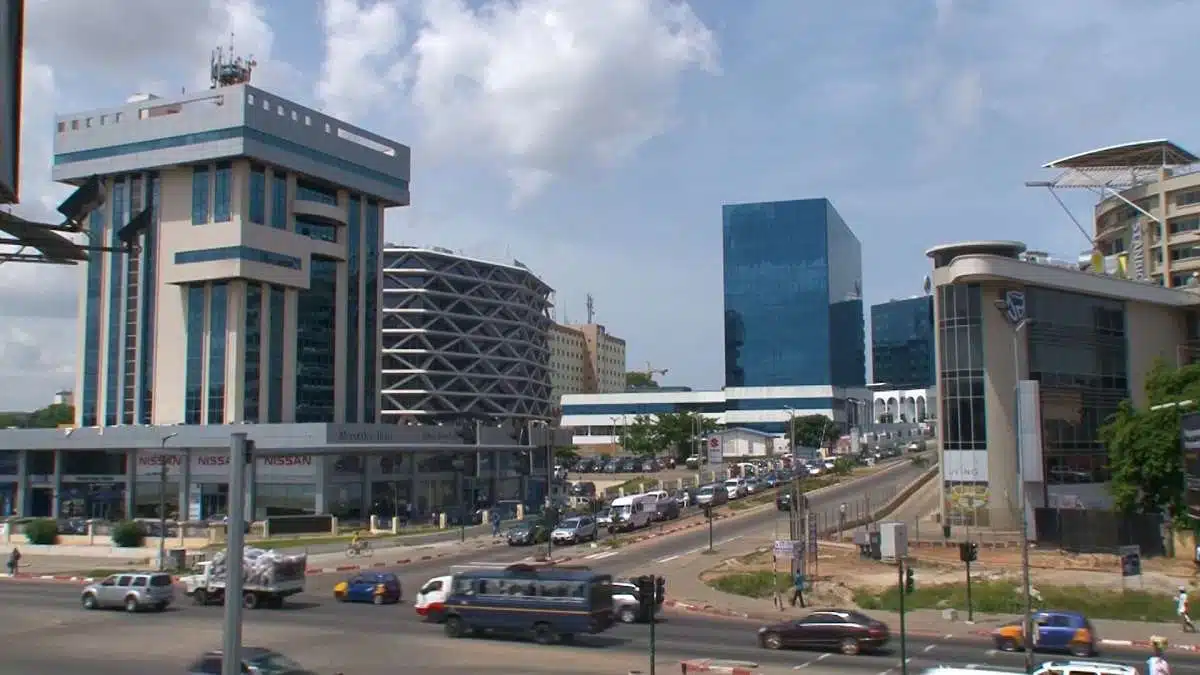South Africa’s central bank resumed its monetary policy easing cycle on Thursday, cutting its benchmark interest rate by 25 basis points to 7.25%, its lowest level in more than two years.
The decision, aimed at stimulating a slowing economy, was driven by improved inflation expectations and recent fiscal policy adjustments.
Governor Lesetja Kganyago, speaking at a briefing north of Johannesburg, said the South African Reserve Bank (SARB) had revised its inflation outlook downward in light of more favourable domestic and external conditions.
“We have revised down our inflation forecasts,” he said, citing the National Treasury’s decision not to proceed with a proposed value-added tax (VAT) hike, along with a stronger exchange rate and lower global oil prices.
The interest rate reduction comes amid sluggish economic growth and persistent investor uncertainty.
The central bank now expects the economy to expand by just 1.2% in 2025, down from a previous projection of 1.7%. Growth is forecast to rise modestly to 1.5% in 2026 and 1.8% in 2027.
The National Treasury has similarly cut its growth outlook for the next three years to an average of 1.6%, compared to 1.8% previously.
While the monetary policy committee was split on the move—five members voted for the 25-basis-point cut and one advocated for a deeper 50-basis-point reduction—the tone of the decision was notably more dovish than market participants had anticipated.
South African government bonds rallied in response. The benchmark 2035 bond saw its yield fall by four basis points to 10.13% in early Friday trading, reflecting investor optimism that lower interest rates and a softer inflation path could boost portfolio inflows.
The annual inflation rate has remained below the lower limit of the SARB’s 3–6% target range for two consecutive months.
It is now expected to average 3.2% in 2025, down from a previous forecast of 3.6%, and fall further to 4.2% in 2026.
These revisions mark a significant shift in the bank’s inflation expectations and open the door to more accommodative monetary policy going forward.
Kganyago also revealed that the central bank is reviewing its long-standing inflation target, which has remained unchanged for 25 years.
He noted that technical work on potentially lowering the target to 3% is at an advanced stage.
“Now that inflation has slowed, we have a chance to lock in inflation at a lower cost,” he said.
Preliminary research suggests that reducing the target could lower borrowing costs, with the policy rate projected to fall below 6% under a 3% target.
The South African rand traded slightly weaker in early Friday trading, slipping 0.1% to 17.8425 per dollar, as a stronger greenback weighed on emerging-market currencies despite the local bond market’s positive reaction.
The policy shift comes amid growing global volatility, with renewed trade tensions and geopolitical uncertainty weighing on investor sentiment.











